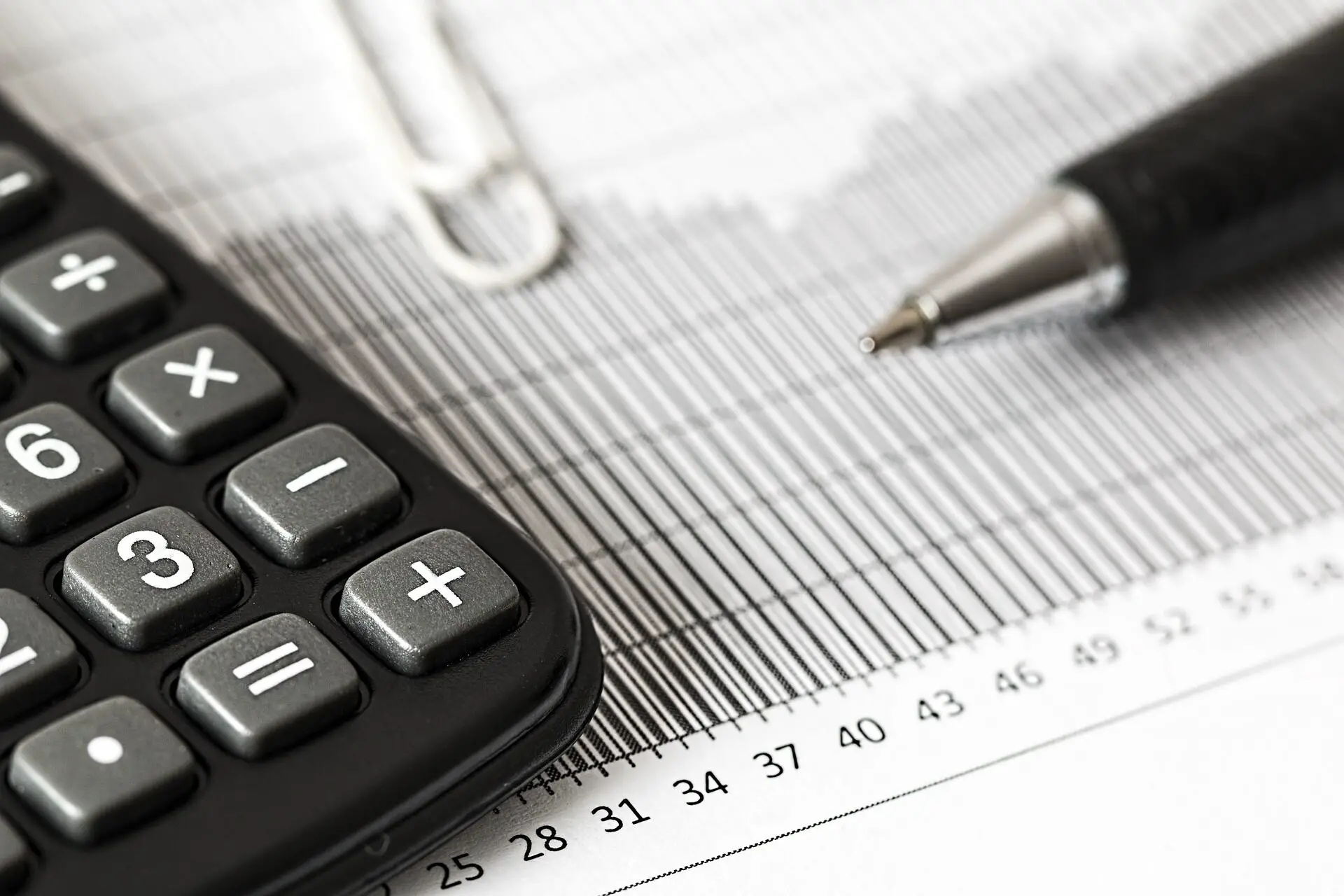Enterprise value shows the value of a business if you were to own it outright. Using enterprise value is a more accurate way of understanding the valuation of a business, as opposed to market capitalization or equity value.
The reason is that enterprise value paints a clearer picture of the company’s capital structure since it takes into account debt, and cash. It is also a better way to understand how the business is allocating capital.
This means that the enterprise represents the total cost to own the business outright, without any debts. This is one of the reasons enterprise value is commonly used in acquisitions.
Why do we remove cash from enterprise value?
Cash is removed from enterprise value because when calculating the value of a business while taking into account its debts, we need to discount cash that can be used to pay down debt.
Enterprise value determines the cost of owning a business outright. This means that debt is added because it will have to be paid back. Additionally, cash is subtracted because it can be used to reduce the debt.
Why is cash removed from enterprise value?
Cash is removed from enterprise value because it can be used to pay down debt, which is added to enterprise value. Businesses are valued based on their ability to generate positive cash flows, and cash and cash equivalents are an asset that is not being used by the company.
Another reason that explains this is that when calculating the value of a business, not only do we have to look at the cost (market capitalization) but also at the liabilities (debt) and the cash the company holds must be deducted because it will reduce the price paid for the business.
For example, if you acquire a company for $1M, and it holds $200k in debt, and it has $300k in cash, the enterprise value would be $900k. This is because once you own the business you can use the $300k to pay down the debt, and still get $100k in cash. The total valuation or cost to acquire the business would be $900k.
Conclusion
Enterprise value remains a very important valuation method, that looks at the business capital allocation and structure. It also gives investors and acquirers a much better insight into how the company is using its cash efficiently.
Ideally, companies that have a high enterprise value, but still generate great profits tend to be more efficient. It just shows that the company is using debt efficiently, and keeps its cash holding at a bare minimum.

